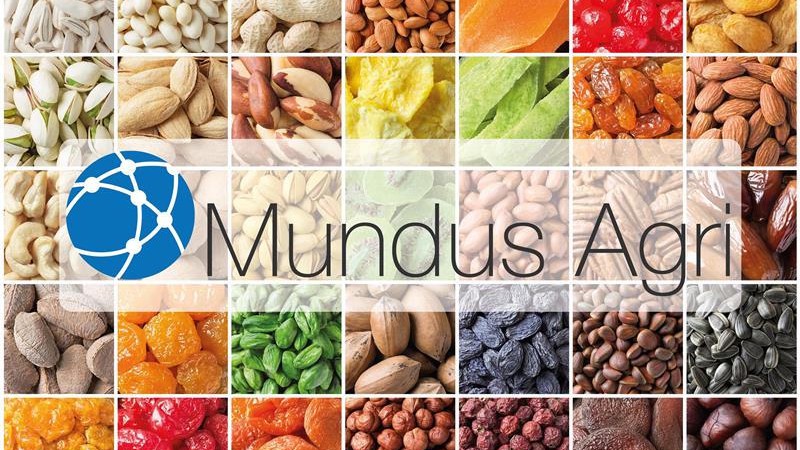Barley: Husbandry decisions predict short-term trends
March 8, 2018 at 3:32 PM ,
Starry Night Ltd.

BULGARIA. The country is a relatively small yearly producer of barley when compared to its competitors within the Black sea basin; as a result, the share of exports has a natural ceiling. Yet, the grain, which is usually harvested first among its other local grain counterparts such as wheat and rapeseed, has a peak demand from intermediary market players and/or end clients early in the season. Without any doubt, external market pressure such as competitive regional forces influence local market sentiments. Yet, internal demand shifts and preferences also have an impact on local husbandry decisions; sometimes, indeed, quite substantially.
Barley: husbandry decisions affect aggregate output
In recent years, farmers seem reluctant to increase planted acreages of barley, but instead have shown quite a determination to cut sowing of the grain. A natural consequence of lower planted acreages, ceteris paribus, results in a reduction of an aggregate output. A case in point, according to local authorities, for harvest 2017-18, farmers planted by 19.5% less land (harvested 130,580 mt) than they had done during the previous season. What is more, the latest data of the Ministry of Agriculture shows that for the upcoming harvest, farmers will stand before fields of 109,800 ha – again a substantial drop in a subsequent year.
|
Harvest 2017-18 (01.07.2017 - 02.03.2018) units in MT |
|
|
Beginning availability |
22,000 |
|
Aggregate output |
633,393 |
|
Imports |
5,314 |
|
Domestic consumption |
210,000 |
|
beer production |
52,500 |
|
feed |
157,500 |
|
Exports to the world |
276,157 |
|
to EU markets |
248,332 |
|
to rest of the world |
27,825 |
Source: Bulgarian Ministry of Agriculture
Explanations for such noticeable and impactful cuts range from too low buyers’ prices to an overall weakening demand from the livestock sector (although on a yearly basis, it has so far recorded a rise), to tough regional competition. In any case, depending on what the weather during the upcoming Spring and early Summer will have in store for the local agricultural sector, farmers seem set to realize a lower output. For the time being, the general conditions of grains look overall satisfactory, with water reserves ample -- indeed more than enough in some regions -- but before the start of the upcoming harvest, there is still time to go. The country will definitely remain a relatively small producer and thus an exporter of barley!





